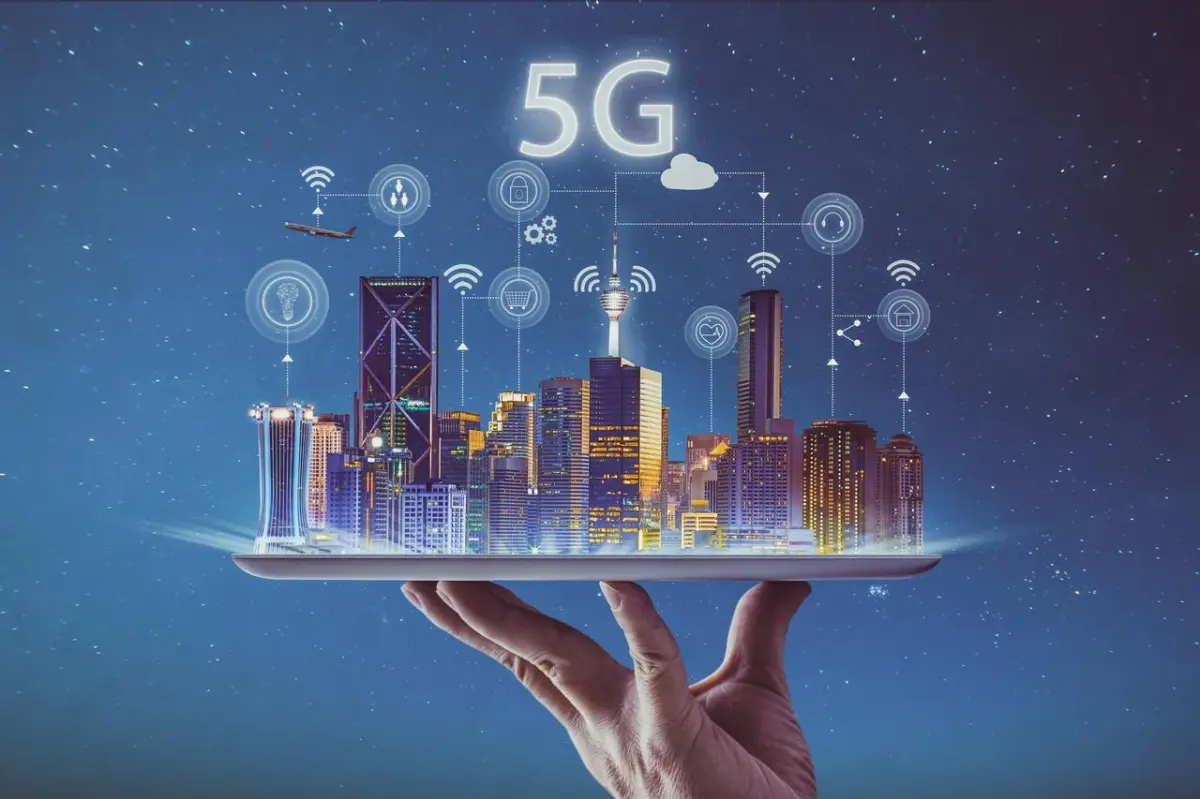When Microsoft introduced Windows 10, it came with a suite of built-in applications designed to showcase the capabilities of the operating system. Among these was 3D Builder, an app that allowed users to create, edit, and print 3D models directly from their PCs. However, with the release of Windows 11, many users noticed that 3D Builder was no longer included as a default app. This decision sparked curiosity and questions about why Microsoft chose to exclude a tool that had been part of its flagship operating system for several years. This article explores the reasons behind this decision and the broader implications for 3D modeling enthusiasts and casual users alike.
1. The Changing Focus of Microsoft’s Software Strategy
One of the primary reasons for the exclusion of 3D Builder in Windows 11 is a shift in Microsoft’s software strategy. Over the years, Microsoft has increasingly moved towards a more streamlined and efficient operating system, focusing on performance, security, and user experience. This shift is evident in Windows 11, which features a cleaner interface, faster performance, and a greater emphasis on productivity and gaming.
In this context, 3D Builder, while a useful tool, may not have aligned with the core objectives of Windows 11. The app, which catered to a niche audience of 3D modeling enthusiasts, hobbyists, and educators, might have been deemed less essential compared to other built-in apps that serve a broader user base. By removing less frequently used apps like 3D Builder, Microsoft could reduce the overall footprint of Windows 11, ensuring that it runs smoothly on a wide range of devices, including those with limited storage or processing power.
2. The Rise of Specialized 3D Modeling Software
Another factor contributing to the removal of 3D Builder from Windows 11 is the proliferation of specialized 3D modeling software. Since the introduction of 3D Builder in Windows 10, the landscape of 3D modeling tools has expanded significantly. Today, there are numerous free and paid applications available that offer more advanced features, better performance, and greater flexibility than 3D Builder.
Software like Blender, Tinkercad, and Autodesk Fusion 360 have become the go-to choices for 3D modeling professionals and enthusiasts. These applications provide powerful tools for creating complex 3D models, rendering, animation, and even simulation. Given the availability of such robust alternatives, the necessity of including a basic tool like 3D Builder in the operating system might have diminished. Users who require 3D modeling capabilities now have a wealth of options to choose from, many of which are far more capable than 3D Builder ever was.
3. The Availability of 3D Builder in the Microsoft Store
It’s important to note that while 3D Builder is no longer pre-installed on Windows 11, it hasn’t been entirely discontinued. Users who still wish to use the app can download it from the Microsoft Store. This approach allows Microsoft to keep the operating system lean while still offering 3D Builder to those who find it useful.
By making 3D Builder available through the Microsoft Store, Microsoft can also ensure that the app remains up-to-date and relevant. Updates to apps in the Microsoft Store can be rolled out independently of operating system updates, allowing for more frequent improvements and bug fixes. This flexibility benefits users who rely on 3D Builder, as they can continue to use the app without being tied to a specific version of Windows.
4. The Future of 3D in Windows
While 3D Builder may not be a default part of Windows 11, Microsoft’s commitment to 3D technology has not waned. The company continues to support and develop 3D tools and services, albeit in a more targeted manner. For instance, Microsoft’s Mixed Reality platform and the Paint 3D app (which is still available in Windows 11) reflect the company’s ongoing interest in 3D content creation and visualization.
Moreover, Windows 11’s compatibility with powerful hardware and software, including support for advanced graphics processing units (GPUs) and external peripherals, makes it an excellent platform for running professional 3D modeling applications. This ensures that Windows 11 remains a viable option for both casual and professional 3D modelers, even if 3D Builder is no longer part of the default package.
Conclusion
The absence of 3D Builder in Windows 11 is a reflection of Microsoft’s evolving strategy to create a more efficient and focused operating system. By removing less essential apps, the company can prioritize performance and user experience, while still offering a wide range of tools and applications through the Microsoft Store. For those who miss 3D Builder, it remains accessible, and the thriving ecosystem of specialized 3D modeling software ensures that users have plenty of options to explore. Ultimately, the decision to exclude 3D Builder underscores the changing landscape of 3D technology and the diverse needs of Windows users in today’s digital world.



